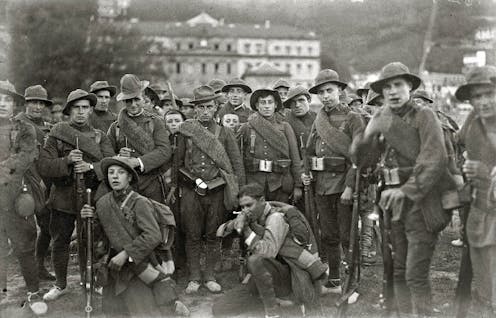
Countries with military service rely on the mobilisation of their reservists when they come under attack. Russia’s invasion of Ukraine in 2022 has made it essential for the latter to mobilise its reserve forces. The former, too, has brought reservists into the conflict. However, there has been a key difference in the way Ukrainian reservists and Russian reservists have responded to the draft. Examples from history can help us understand why this might have been the case.
One of the great crises of the Spanish political system at the beginning of the 20th century was the Moroccan War. This was a colonial adventure aimed at taking new territories in North Africa to compensate for the loss of Cuba, Puerto Rico, the Philippines and Guam to the US in 1898. However, it provoked large popular mobilisations in Spain, beginning in 1909.
The main cause of popular discontent was that some of the soldiers that had been called up to war had finished military service in 1907. They were, mostly, working-class men who had already formed families and who would be leaving their families without their main breadwinners. Meanwhile, legislation offered several ways out of military service for the most privileged, such as hiring a substitute or making a large payment. Protests against this injustice can be summed up in the following slogan: Either all or none!
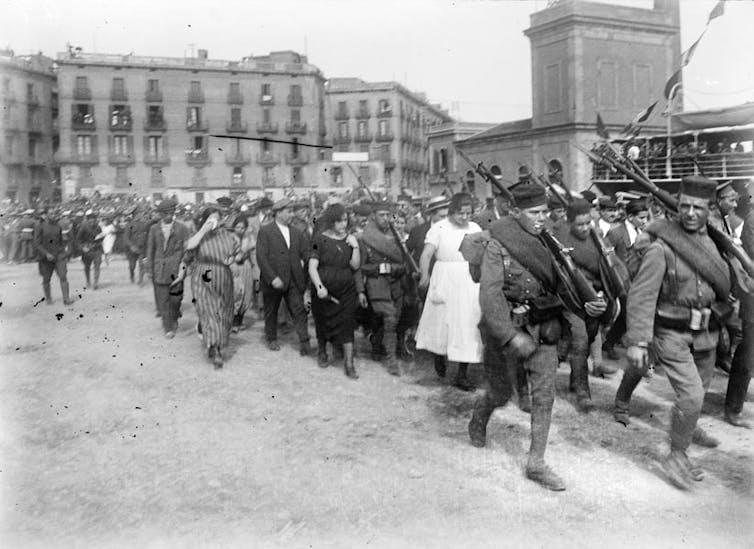
Looking back
In general, mobilising reservists is seen as a sign of military emergency and failure: the prologue to a defeat or a long war full of calamities and shortages. It also spreads the fear of suffering direct consequences throughout the civilian population. War will no longer mean just cold and hunger, but also death and destruction.
In the run-up to the First World War, Russia mobilised millions of reservists on 30 July 1914. The dissatisfaction of the working classes on this point would later become a key driver of the Russian revolutions of 1917. Mobilisation was compulsory and the call-up of reservists was focused on the underprivileged population. The poor strategic and tactical direction of the campaign did not help. Nor did the inability of the population to understand what was at stake in this war. The army was poorly armed and led, and the lack of knowledge about the real state of its own troops rendered the Russian war machine useless, demoralising its soldiers and its civilian population.
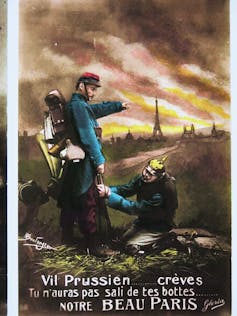
People’s support and a high level of general commitment to the war effort are often deciding factors in how positively or negatively a call for reservists is received.
A sense that the Franco-Prussian war of 1870-71 was an unjust aggression, for example, mobilised French civil society in 1914. The memory of defeat encouraged revanchism. Meanwhile German nationalism was on the rise and the war became a popular conflict in parliament, at least in its early stages.
Reasons for fighting a war
Wars in which there is a clear sense of aggression and defencelessness tend to make resistance to the invader popular. The fear of having worse peace conditions than war itself makes it easier to support the decision to fight the aggression. When in 1940 Winston Churchill asked the British people to fight in the war, the alternative was the very destruction of the United Kingdom, its society, its economy and its entire values system.
However, when Saddam Hussein mobilised Iraq’s reservists in 2003 –including those belonging to the Iraqi Republican Guard – these forces quickly surrendered to the superiority of the US-led coalition. Afterwards, the problem came when this lack of popular defence of the dictatorship was confused with complacency towards the occupation.
As the bulk of the population feels the consequences of a conflict, even if it is far from the front lines, internal opposition to the war manifests itself. Consensus breaks down and divisions grow, because victory is never as immediate as propaganda would have us believe.
Beyond the material shortages that war can bring, letters of condolence to parents and widows or official delegations announcing war casualties are often some of the main elements that set in motion resistance to prolonging the conflict.
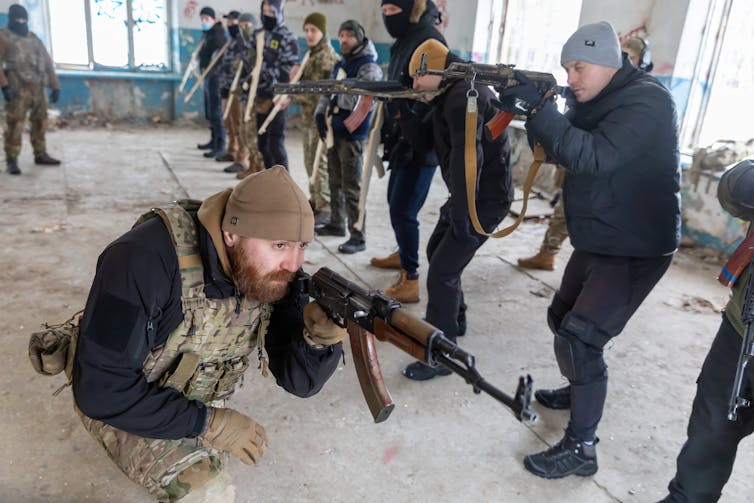
The case of the war in Ukraine
After the Russian attack, Ukraine called up reservists to deal with direct aggression on its own territory. Ukrainian reservists were probably not happy with the prospect of dying in a war, but their motivation was clear: the defence of their homes, the lives of their families and friends, their property and their hopes for the future.
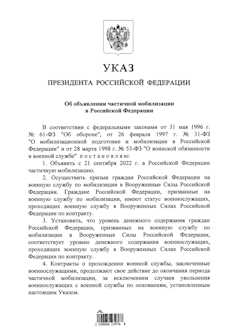
Russian reservists are in a different situation. The information available to them provides little insight into the reasons for the war and the real military situation. At the moment, Russia is struggling in a war it thought was won before it began. The massive lines of people trying to flee the country to avoid being called up show how little interest most of the reservists have in fighting in this conflict. Moreover, they will have to engage in combat with outdated weaponry, inherited from the Soviet era, against citizens with whom they shared a common project until 30 years ago.
The successful mobilisation of the Ukrainian military reserve has provided a valuable military lesson for the 21st century. Having a strategic reserve force is useful in the context of a defensive war. Its motivation is high and its war-fighting capability should not be underestimated.
The Russian case, meanwhile, reminds us of past examples. Mounting an aggression on the backs of reserve forces sends a message of weakness and improvisation to the outside world – and confusion at home. This can be highly counterproductive to sustaining the aggression and dangerous for the aggressor’s political stability.
Luis Velasco does not work for, consult, own shares in or receive funding from any company or organisation that would benefit from this article, and has disclosed no relevant affiliations beyond their academic appointment.
This article was originally published on The Conversation. Read the original article.







